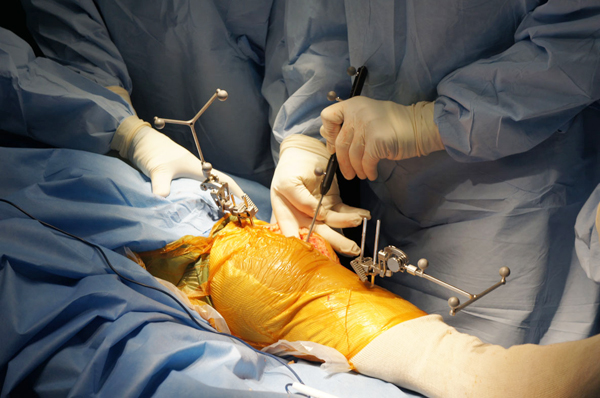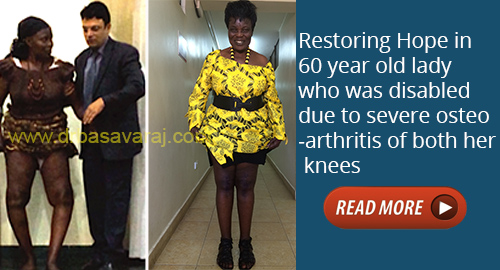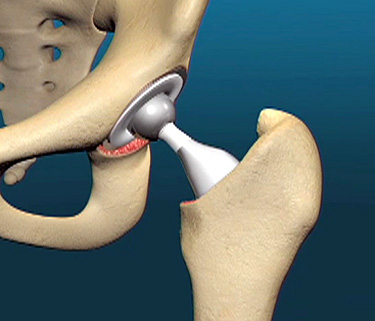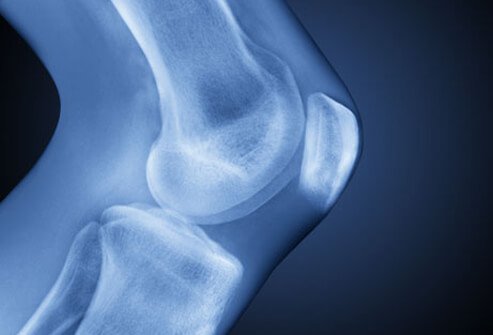Osteoarthritis commonly known as wear & tear of joints, cause of which is not known. Various factors which have been implicated are genetics, obesity, previous fractures around joints. Osteoarthritis predominantly affects knee joints in Indian subcontinent people where as in caucasians it affects both hip and knees.
Joint replacement surgery is becoming popular in India.
It is a successful surgery with more than 95% success rate in regards to treating symptoms of particularly the pain and increasing mobility.
In many ways it could be compared to changing your car tyre.Whilst you change your car tyre you aim to go for the best quality tyre, so that it would last longer and you would have safe and comfortable drive.
After having chosen the tyre you would make sure that the wheels are aligned properly, for obvious reasons that tyre would not last long if the alignment is poor.
Similarly when you go in for joint replacement surgery most of the times the surgeon would choose the best artificial joint for you (Data regarding performance of various artificial joints are available in various joint registries, such as Swedish, UK or the Australian joint registry).
And most importantly your surgeon would make sure that all the deformity in your joint is corrected and weight bearing axis is aligned properly so that the results of the surgery is good and the joint would last longer.
Most of the patients following joint replacement surgeries would be happy, even if the joints are put in suboptimal position, since the pain due to the worn joint has disappeared. But that sub optimally positioned artificial joint would not last long.
Some centers use computerised navigation as a tool to check if alignment is perfect. There are evidences to show that by using computerised navigation as a tool in knee replacement surgery, the chances of getting the mechanical axis spot on is almost 95% when compared to conventional methods, which is around 85%.
The other advantages of using computerised navigation, particularly for knee replacement is that there is reduced blood loss, since we do not violate the canal inside the bone, which contains blood vessels. Also there is less chance of damage to the lungs due to fat embolism, since we do not violate the canal, which contains fat. And in certain cases where the canal of the thigh bone is obliterated due to previous fractures, it would be impossible to do proper knee replacement surgery using conventional jigs. Here there is no substitute to do proper knee replacement surgery apart from using computerised navigation.
People have a wrong belief that the artificial joints last lifetime.
The fact is that their average life span is around15-20 years.
Most of these surgeries are performed on patients over 60 years. Occasionally we may have to perform these surgeries on younger patients; in such cases surgeons would use special bearing surfaces that would last longer.
Once the artificial joint wears out, patient would require revision joint replacement, which is relatively a major undertaking. Hence it is important to get the alignment proper the very first time so that the artificial joint lasts longer.
The other important fact is to choose the right hospital; the surgery ideally should be done in laminar flow theatre where the air inside the operation theatre is filtered for microorganisms. Evidence shows that the likelihood of infection, when surgery is performed in laminar flow theatre is 1% while the incidence without it is 10%. Infection is a dreaded complication, which particularly an orthopaedic surgeon is worried about, since it is difficult to eradicate it from bone and joint tissues, once established.
To summarize,
1.Best is to get maximum mileage out of your own natural joints, since the artificial joints have limited life span. For this particular reason, most of the joint replacements are performed on patients over 60 years,
2.The symptoms of Osteoarthritis are not always constant. There are various non-surgical options such as physiotherapy, injections into joint, which can keep the symptoms under control, so that one can postpone the joint replacement.
3.Choosing the best artificial joint which has stood the test of time( information regarding track records of various artificial joints are available in various “Joint registries”.
4.Placement of the artificial joint in optimal position, so that it would last longer.
5.Making sure that the operating theatre has a laminar flow, to reduce the chances of infection.






